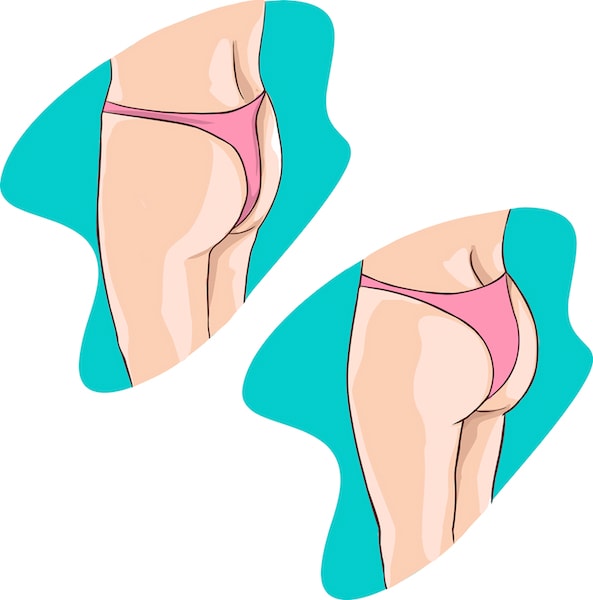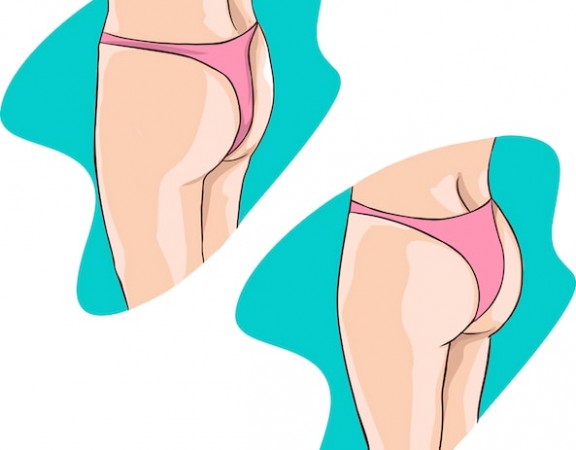Types of implants
 People looking to achieve a sexier derriere often opt to undergo buttock augmentation surgery using butt implants. A butt implant surgery is usually the best option when traditional methods like diet and exercise have failed to provide the desired results. It is particularly indicated for patients who are thin and don’t have enough body fat for an operation involving fat transfer or fat grafting. Just like breast implants, butt implants are classified according to material, sizes, shape or style.
People looking to achieve a sexier derriere often opt to undergo buttock augmentation surgery using butt implants. A butt implant surgery is usually the best option when traditional methods like diet and exercise have failed to provide the desired results. It is particularly indicated for patients who are thin and don’t have enough body fat for an operation involving fat transfer or fat grafting. Just like breast implants, butt implants are classified according to material, sizes, shape or style.
Semi-solid vs. Cohesive gel implants
In the past, breast implants were used in augmenting the butt area. However, experts realized that breast implants filled with liquid or gel might leak or rupture under the stress of body weight. This led to the development of implants made specifically for the butt area. Butt implants are now only made of silicone. The silicone used for butt implants have greatly improved over recent years and are now firmer, more durable and have a more natural look and feel.
The silicone content of a butt implant can either be a cohesive silicone gel or a semi-solid silicone rubber. Semi-solid implants are preferred because they are extremely durable and there is virtually no risk of rupture and leakage. Durability is very important since the butt area receives a lot of stress and pressure on a daily basis.
On the other hand, cohesive gel implants are less durable compared to the semi-solids. They also have an edge when it comes to comfort and flexibility. This type of implant contains silicone gel similar to the one used for breast implants but their outer shell or casing is much thicker to prevent rupture. If they do rupture, the highly viscous gel won’t leak. Both semi-solid and cohesive gel silicone implants produce excellent results as long as they are put into their proper position in the buttock.
Round vs. Oval (anatomic) implants
Aside from material, implants may also be classified according to their round or oval shape. Oval butt implants are also referred to as “anatomic” implants. Both round and oval implants comes in smooth and textured varieties. Neither the shape nor surface texture of an implant has any effect on the outcome. Nonetheless, the shape of the implant benefits certain butt shapes. For instance, round implants are best for patients who have a square-shaped butt. Meanwhile, those who have an elongated butt should go for oval-shaped implants.
Implant sizes
One of the most critical factors in achieving a perfect butt is using implants of the right size. To ensure this, the surgeon will measure the dimension of the patient’s butt cheeks prior to the operation. Using these anatomical measurements, the surgeon can choose the size of the implant that will augment the patient’s butt as well as make it appear as real as possible. The largest butt implant available is a 690cc round-shaped implant. Larger implants can be made on a per order basis but they are more expensive and carry greater risks for patients. Butt tissues, and the gluteus maximus muscle in particular, are not as expandable as the pectoral muscles of the breast area. Therefore, there is a limit to the size of the implant that can be placed underneath it. Implants larger than 500cc cannot be made to fit into the butt muscles without leading to complications such as implant exposure and the opening of a surgical wound.
Butt implants have been proven to be a safe and effective method of butt augmentation suitable for any patient who is in good health. It is also important prior to undergoing an implant surgery that the patient has realistic expectations and is ready to follow the recommendations of his or her board-certified surgeon.
-AA

